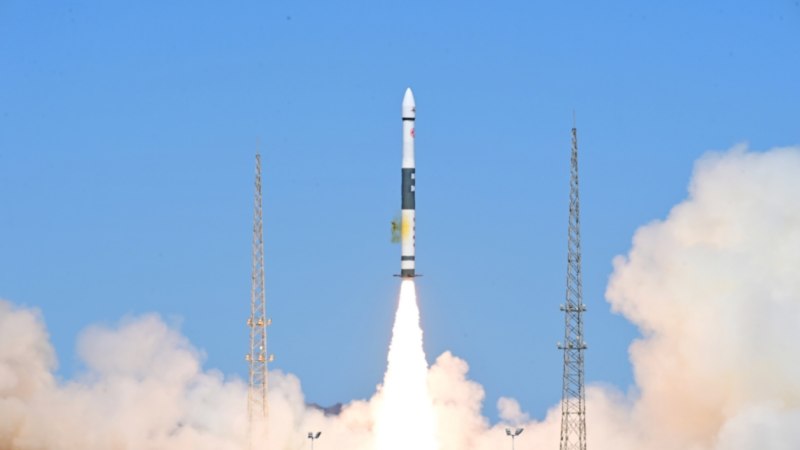
China has launched four new meteorological satellites successfully, which is a noteworthy accomplishment in space exploration. Launched from the Jiuquan Satellite Launch Center in northwest China, the mission represents a significant advancement in the country's capacity for meteorological research and space technology.
The satellites were launched into orbit by the Kuaizhou-1A carrier rocket and are a component of the Tianmu-1 meteorological constellation. This launch represents the Kuaizhou-1A rockets' 23rd flight mission, highlighting China's space program's steady advancement. China has launched the Shiyan-24C satellites using a Long March-11 carrier rocket from the Taiyuan Satellite Launch Center, in addition to the Tianmu-1 satellites. Space science and technology experiments are the main use of the Shiyan-24C satellites.
These recently launched spacecraft are anticipated to offer weather forecasting, climate analysis, and natural disaster management businesses access to commercial meteorological data services. The provision of said data could have a favorable effect on various industries, such as agriculture, aviation, and maritime operations. These developments go beyond national boundaries to support worldwide meteorological services, which help with forecasting and understanding of global weather patterns.
China's space program has garnered attention despite its advancements because of rocket launch debris. The most recent event involved debris falling off the coast of Hainan from the sixth launch of its most potent rocket, the Long March 5 rocket. Questions have also been raised by rumors about the remarkably large "satellite" that the Long March 5 rocket launched. All the same, China's place in the international space race has been cemented with the successful launch of the four Tianmu-1 weather satellites, which represents a major advancement in the country's ability to track and comprehend weather patterns.